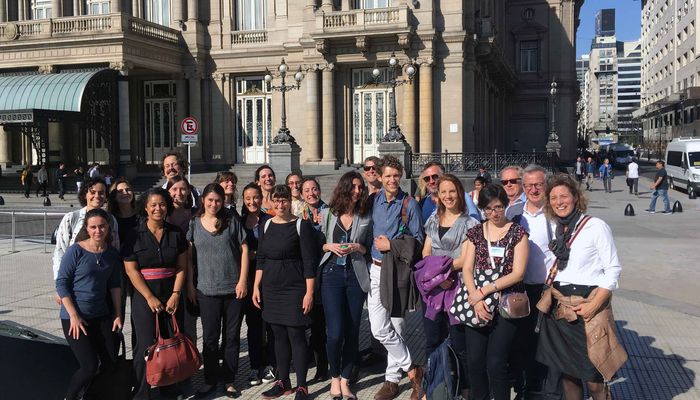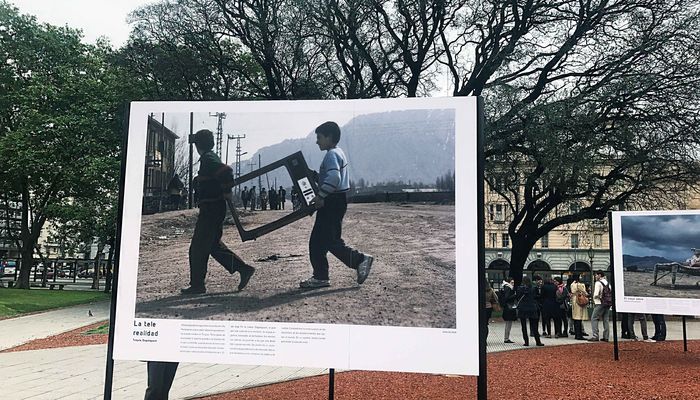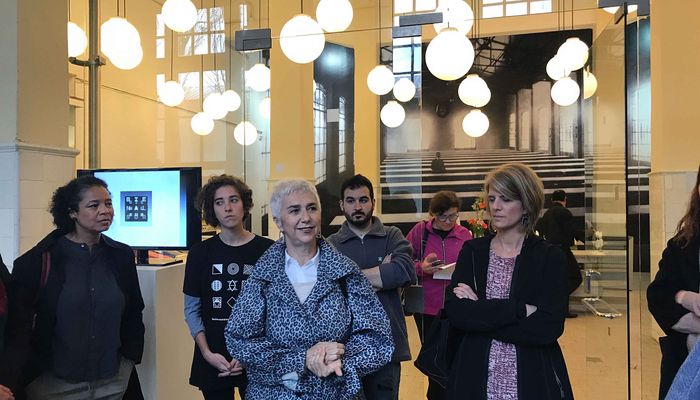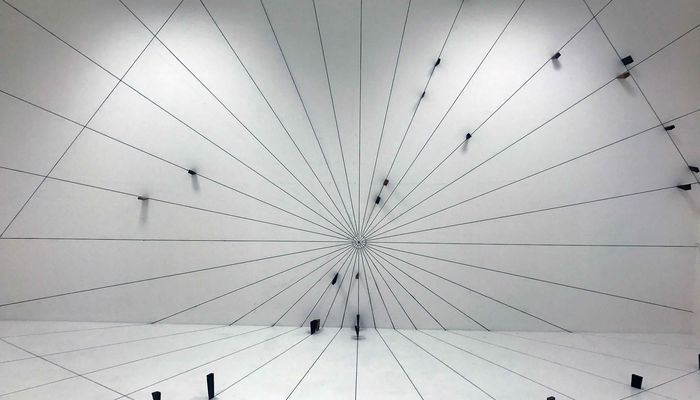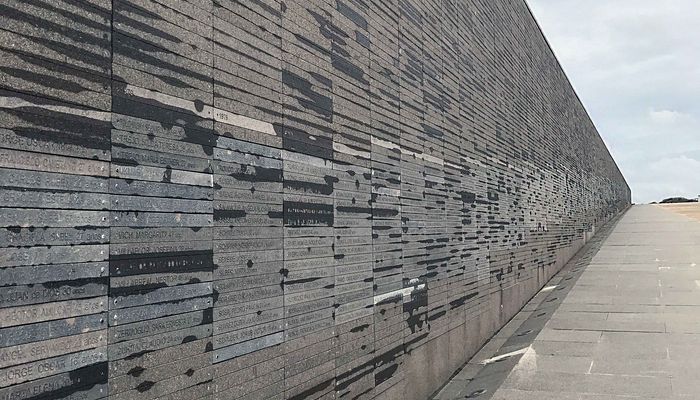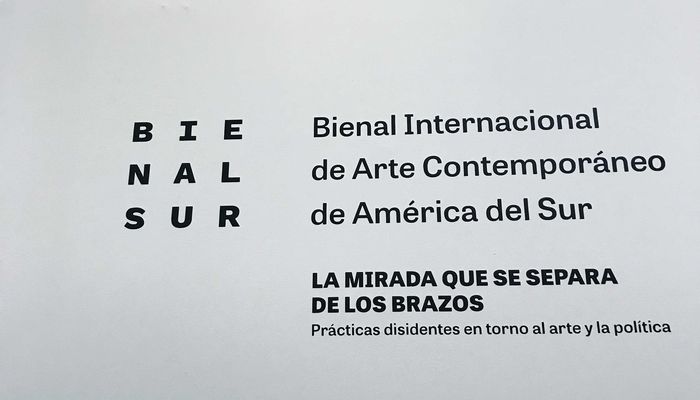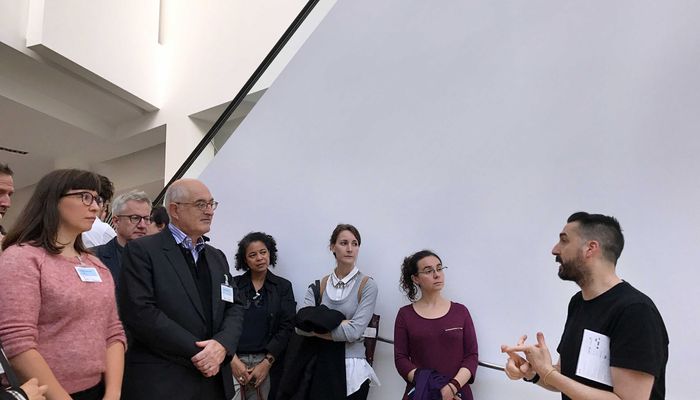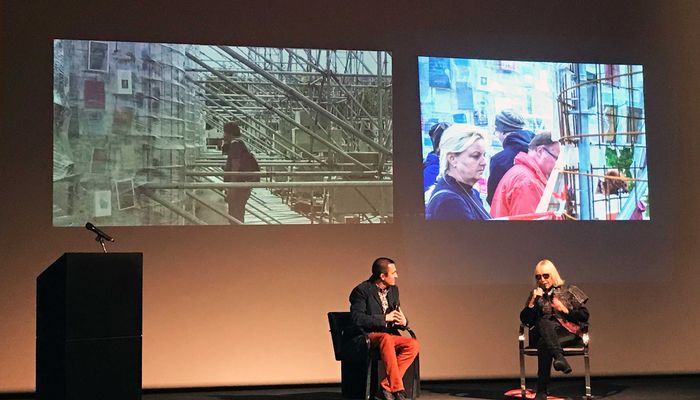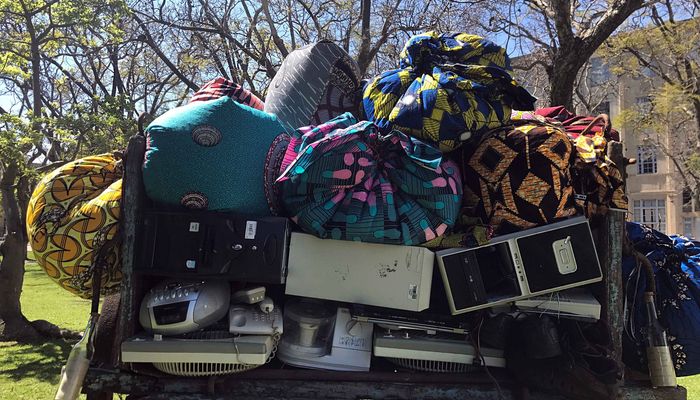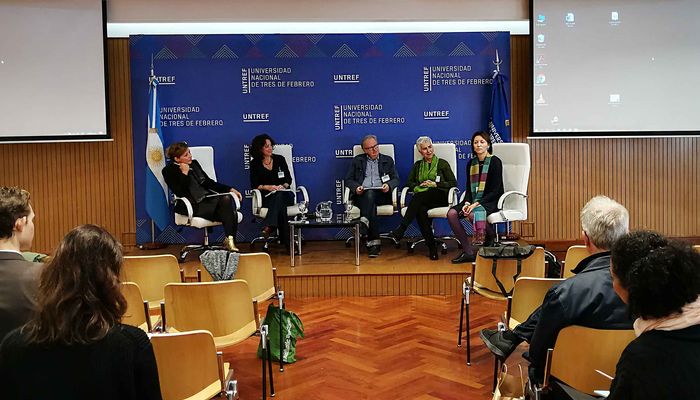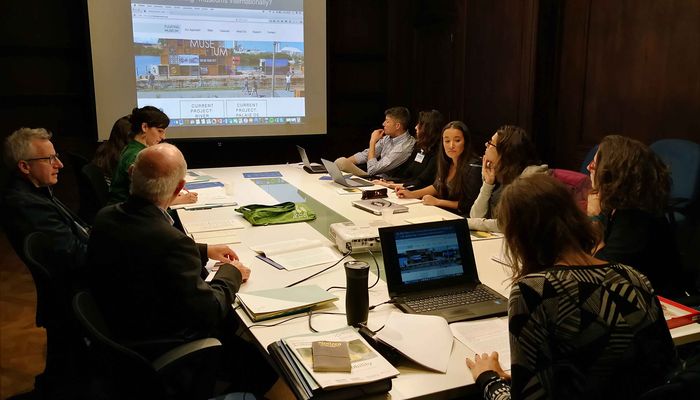Program brochure
The Arts of Latin America in a Transregional Perspective
With a focus on Latin America, the Academy questioned artistic interrelations within Latin America as well as those with other parts of the planet. It combined the study of transregional mobility and movement with a critical, methodological reflection. Rather than merely describing or confronting artistic traditions and tendencies, the Academy discussed the various dynamics of cultural creativity, strategies of appropriation, modalities of translation and comparison in transregional and transcultural terms.
The Academy aimed at a transnational and transregional exchange about concepts and characteristics of mobility. From such point of view, research concentrating on Latin America was put in dialogue with ongoing debates regarding other regions such as Africa, the wider Americas, Asia, Europe, as well as the regions of the Atlantic and the Pacific, the Caribbean, Indian Ocean in their connectivities and within the horizon of global art histories. This also meant asking if indeed there was a common epistemological base for the construction of such a global discourse, interrogating the concepts “transcultural” and “transregional” themselves.
Mobility: Objects, Materials, Concepts, Actors
The Transregional Academy on Latin American Art II is led by a group of scholars, among others: Gabriela Siracusano and Diana Wechsler (both UNTREF, Buenos Aires), Lena Bader and Thomas Kirchner (both DFK, Paris), Hannah Baader and Gerhard Wolf (both KHI in Florenz – Max-Planck-Institut/ Art Histories and Aesthetic Practices, Berlin), Jens Baumgarten (Unifesp, São Paulo), Thierry Dufrêne (Université Paris Ouest Nanterre La Défense) and Anne Lafont (Institut national d’histoire de l’art, Paris, INHA).
Museo de la Universidad Nacional de Tres Febrero (MUNTREF), Buenos Aires, Argentina
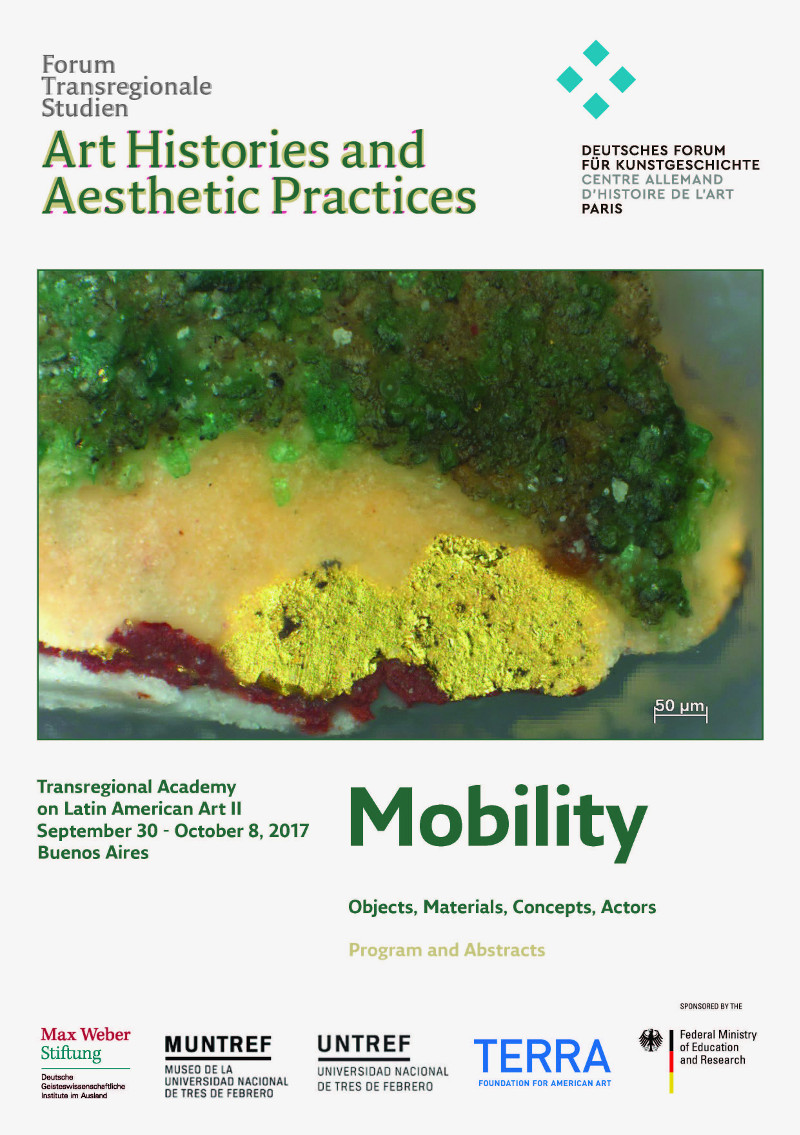
Mobility: Phenomena and Processes
The Academy studies changes of location of objects, materials, concepts and actors. However, it does not propose doing this according to notions of impact and influence or centers and peripheries. And it critically challenges linear concepts of interpretation and exclusively comparative approaches to cultural and artistic transfer. Rather, it aims at the study of the complexity and multi-layered stratigraphies of phenomena and processes of circulation, connectivity and entanglements. In line with the debates on the concept of contact zone, the Academy questions the ideological implications of hegemonial asymmetries and concentrates on fluid histories of Latin American art.
The Academy does not understand mobility as simply defining phenomena of change of location but rather as itself a process, as a basic term for a dynamic art history that argues against dichotomic narratives and static models of interpretation. A dynamic shift in art history towards “mobility” allows us to consider not only individual works of art, their production or reception, but also travelling or migrating concepts and people as well as materials, objects, and formal languages or “styles” in motion. Precisely, the synopsis of all these levels permits new insights into the complex dynamics of locomotion and displacement in their constitutive role for artistic and aesthetic practices and concerns.
Blind Spots and Methodological Assessments
The Academy is not restricted to a specific period and rejects historical caesurae. This implies a critical position towards the understanding of mobility as a mainly modernist phenomenon, in the sense of an ever increasing cultural “acceleration”. The Academy rather studies “mobility” as process in all historical forms, including slow, fast as well as non-constant, or eruptive motion, and various, transregionally interrelated temporalities. This furthermore implies a critical position towards the topoi of the “global village” and the celebration of overall connectivity in the course of globalization. Such narratives have fundamental blind spots in relation to important aspects of mobility, such as forced movement or involuntary mobility, as in the case of diaspora, migration and exile. Here, and more generally, mobility has to be studied in respect to phenomena and processes in all their dimensions, including economies, objects, materials, concepts and protagonists. It is exactly the multiplicity of notions and concepts that the Academy aims to analyze in a transregional and transcultural perspective, in historiographical, discourse analytical and art critical terms. A transcultural study of mobility and dynamics of transfer touches on theories of history and aesthetics, on concepts of materiality and cultural / institutional location, modes of performativity and processuality, nature and roles of political power, communities and public spheres, aspects of networks, ways and channels of distribution and circulation, as well as on techniques and geographies of movement.

